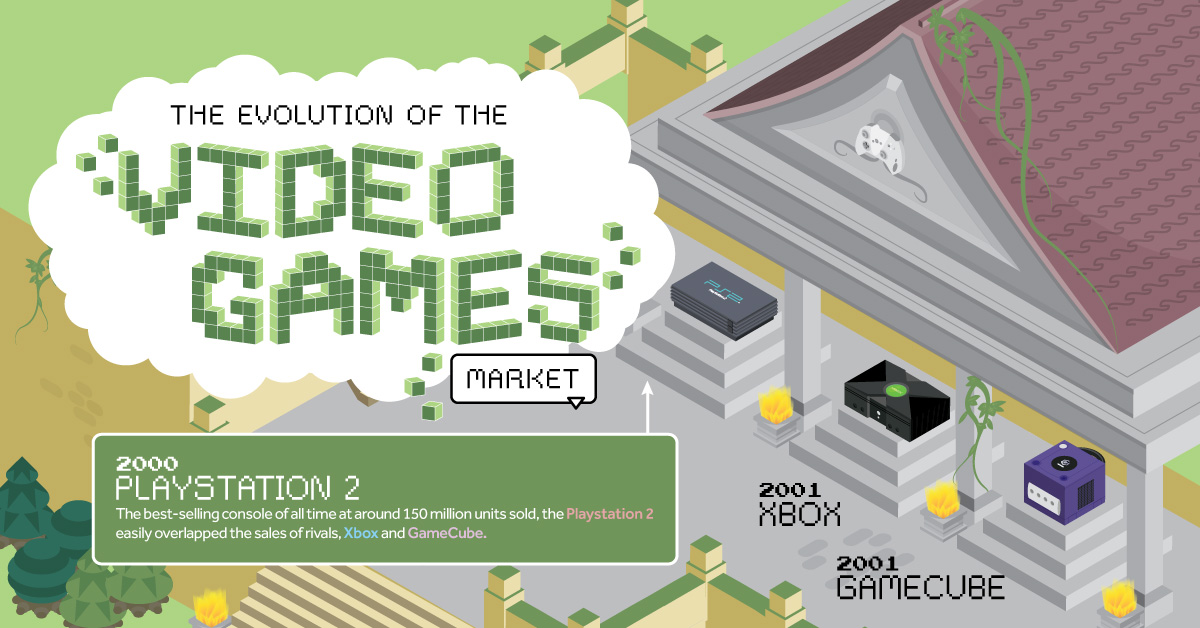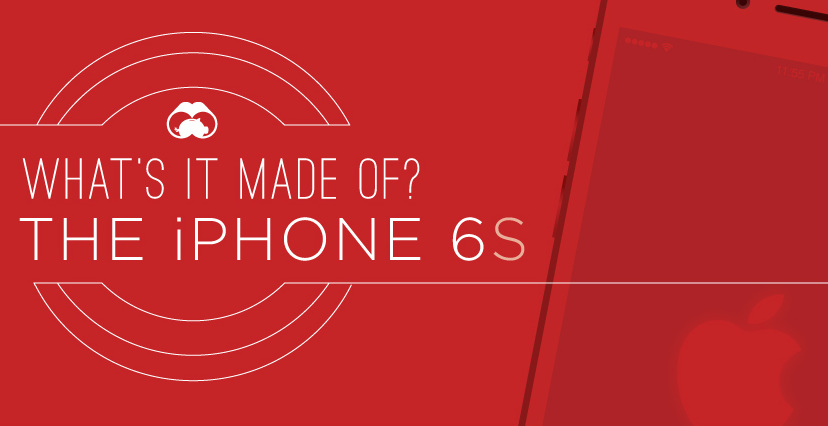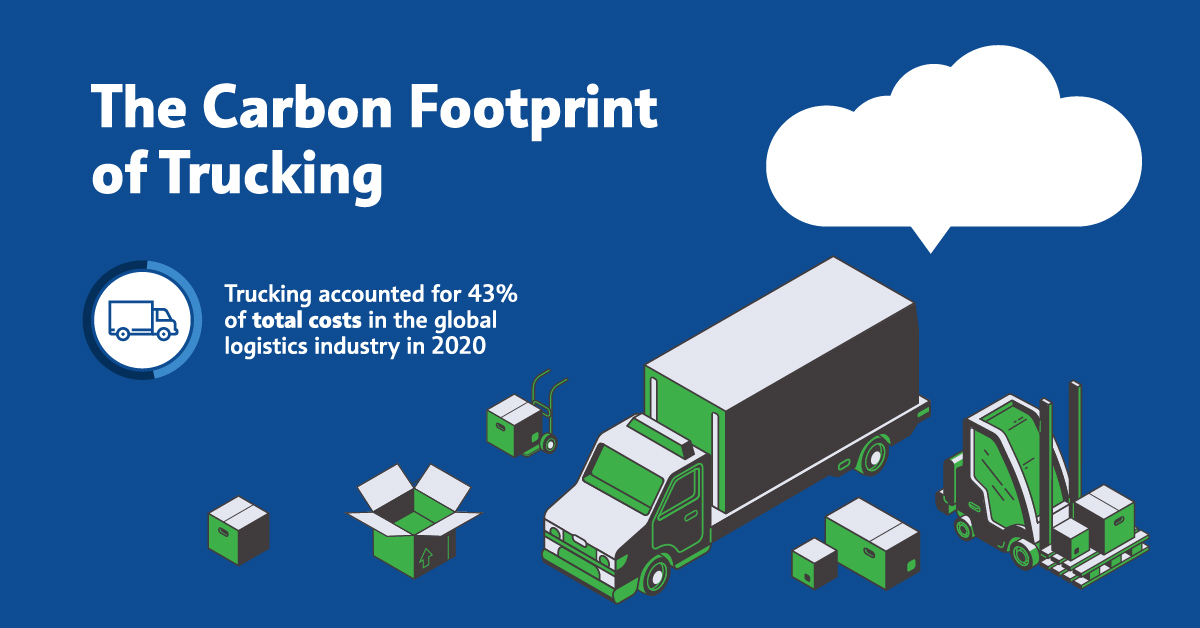The Carbon Footprint of Trucking: Driving Toward A Cleaner Future
The following content is sponsored by dynaCERT.

The Carbon Footprint of Trucking: Towards a Cleaner Future
The pandemic may have temporarily curbed greenhouse gas (GHG) emissions, but even a global recession can’t negate the impact of transportation—especially the carbon footprint of trucking.
In 2020, lockdowns resulted in an 8% average global decrease in GHG emissions over the first half of the year, when compared to 2019.
As this infographic from dynaCERT shows, trucking remains a significant contributor of GHGs amid booming ecommerce and increased international trade. But innovative solutions can help.
GHGs and the Impact of Trucking
Between 2005 and 2012, global GHG emissions plateaued but have risen every year since.
This growth is not expected to slow in the coming years. Between 2019 and 2050, the amount of atmospheric CO2 is projected to nearly double, from 4.5 to 8.2 gigatons.
Carbon dioxide is not the only substance emitted by trucking that’s detrimental to the environment:
| Greenhouse Gases (GHGs) | Black Carbon (BC) |
|---|---|
|
|
Road vehicles have been major contributors to GHG and BC emissions for decades—particularly heavy-duty vehicles (HDVs) and diesel-engine vehicles, like those used for long-haul trucking.
Below is a snapshot of trucking’s global carbon footprint, beginning with global road emissions:
| Global Road Transportation | Heavy-duty Vehicles (Trucks) | Diesel Engines |
|---|---|---|
|
|
|
Industry Impact: Logistics and Shopping Show No Signs of Stopping
Ecommerce has become one of the most popular online activities. As a result, we’ve become more dependent on trucking—long-haul and last-mile—for the delivery of our goods, both personal and for business.
That trend is expected to continue:
- By 2040, it’s estimated that 95% of all purchases will be facilitated by ecommerce
- By 2022, e-retail revenues are projected to double from $3.53 trillion in 2019 to $6.54 trillion
- Logistics is already a $6.5 trillion industry, of which trucking makes up 43%
Combined with international trade, the impact on long-haul and last-mile transport—and CO2 emissions—becomes more pronounced every year, and has accounted for the 80% rise in worldwide GHG emissions from 1970 to 2010.
Although last-mile transport is increasingly reliant on electric vehicles, long-haul trucking still relies heavily on fossil fuels that emit GHGs like CO2.
As a result, road freight’s contribution to CO2 emissions is projected to grow to 56% by 2050.
The Carbon Market: Reducing Emissions and Improving Bottom Lines
In 1997, the United Nations’ Intergovernmental Panel on Climate Change (IPCC) developed a carbon credit proposal—the Kyoto Protocol—to reduce global carbon emissions. It has guided policies ever since, leading to a proliferation of green strategies that mitigate climate risk and improve business operations.
Companies can leverage this opportunity with a multi-pronged, integrated approach that results in a patented way to harness the carbon market, while improving operations and bottom lines:
| The Carbon Market | Technological Solutions & Carbon Credits |
|---|---|
|
|
The benefits of integrated solutions range from improved driver safety and retention to optimized routes, fuel savings, and carbon credit accumulation.
Heavy-Duty Solutions: Driving a Cleaner Future
The long-term impact of the ecommerce boom on CO2 emissions remains to be seen. But it’s coming up quickly on the horizon.
When the weight of the pandemic is lifted, we are likely to encounter more than a transformed economy. An evolving global transport network—supported by technological innovation and new policies like those planned by the U.S. Biden government—is likely to enable more opportunities on the carbon market and pave the way for a greener future.
-

 Sponsored3 years ago
Sponsored3 years agoMore Than Precious: Silver’s Role in the New Energy Era (Part 3 of 3)
Long known as a precious metal, silver in solar and EV technologies will redefine its role and importance to a greener economy.
-

 Sponsored7 years ago
Sponsored7 years agoThe History and Evolution of the Video Games Market
Everything from Pong to the rise of mobile gaming and AR/VR. Learn about the $100 billion video games market in this giant infographic.
-

 Sponsored8 years ago
Sponsored8 years agoThe Extraordinary Raw Materials in an iPhone 6s
Over 700 million iPhones have now been sold, but the iPhone would not exist if it were not for the raw materials that make the technology...
-

 Sponsored8 years ago
Sponsored8 years agoThe Industrial Internet, and How It’s Revolutionizing Mining
The convergence of the global industrial sector with big data and the internet of things, or the Industrial Internet, will revolutionize how mining works.


